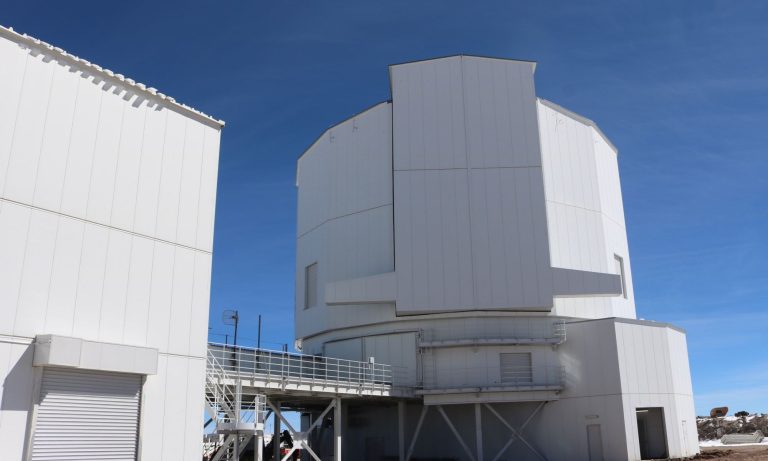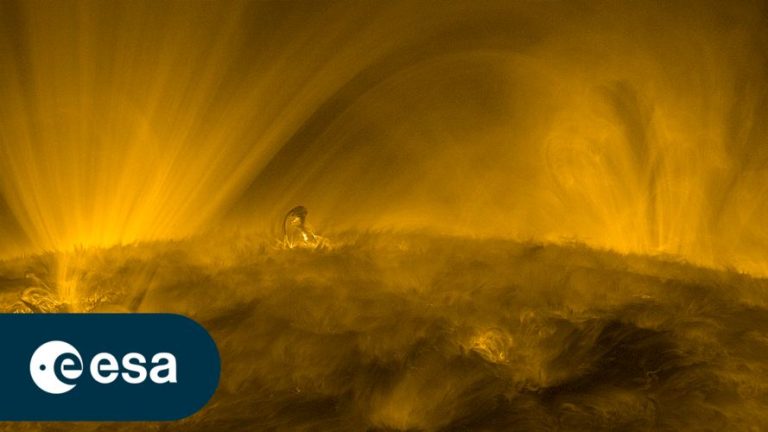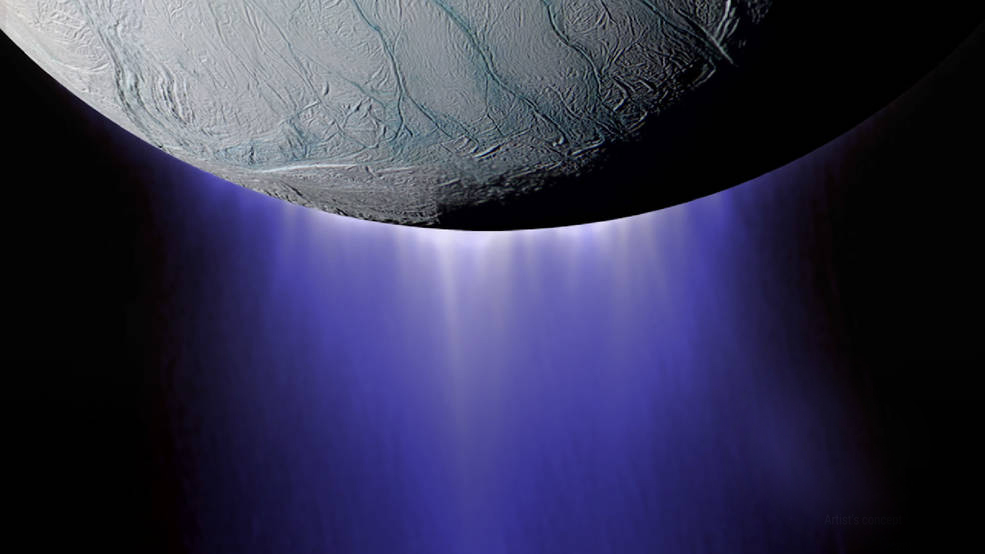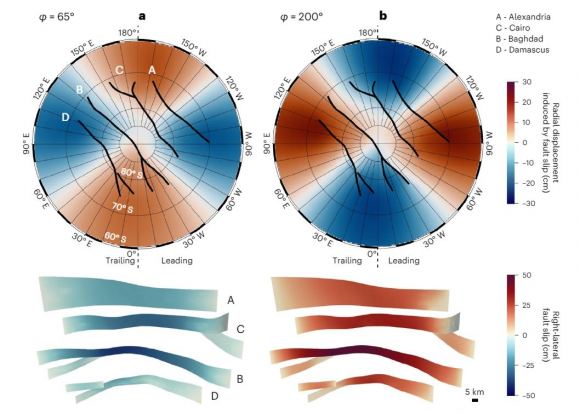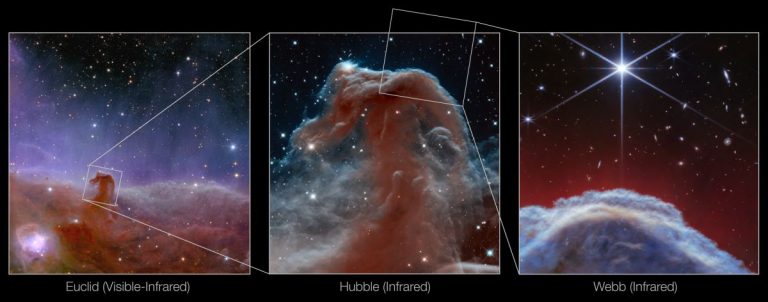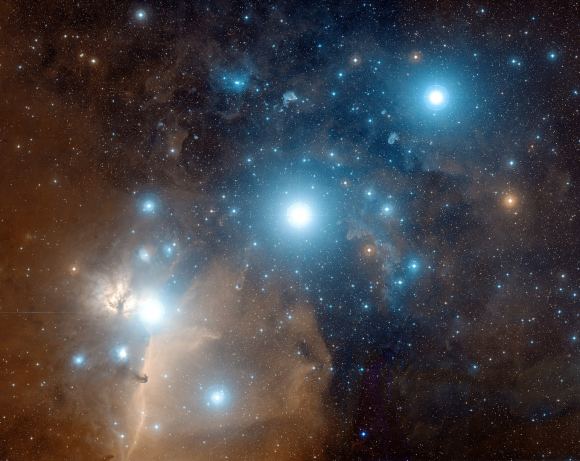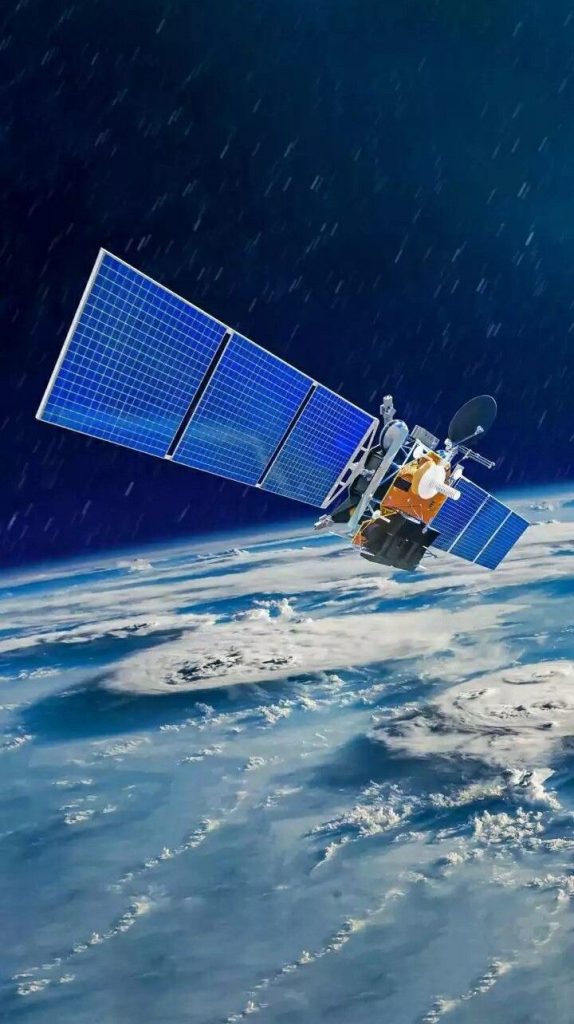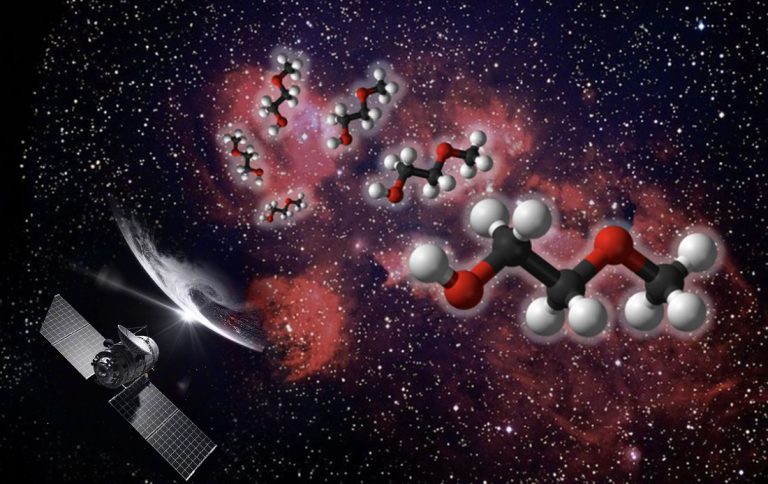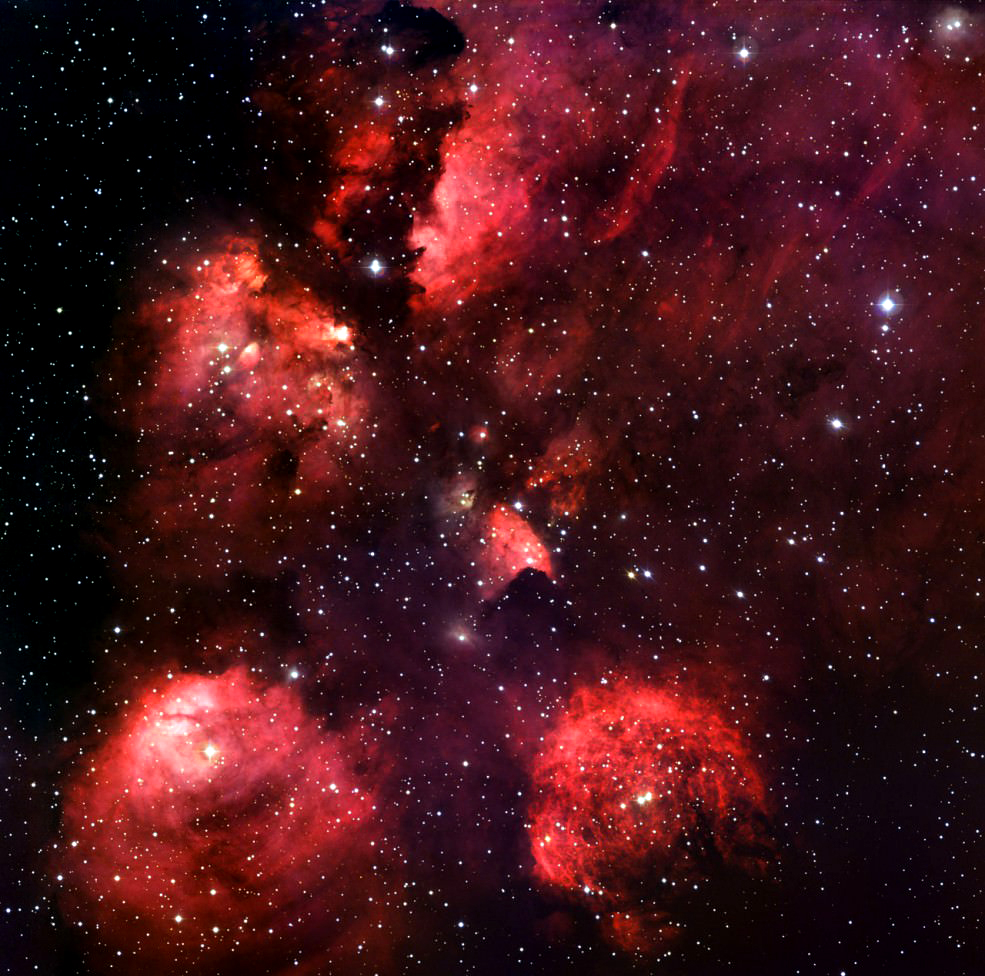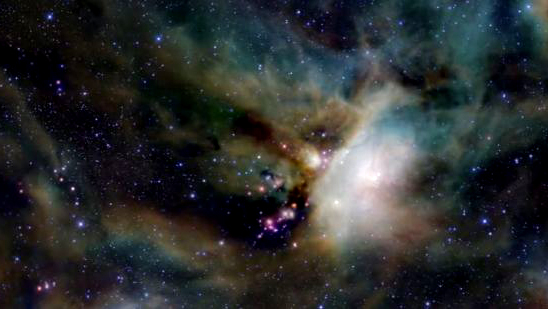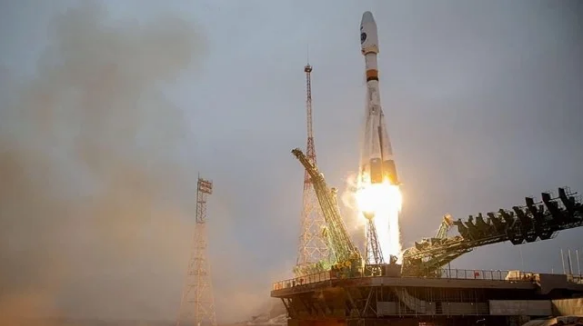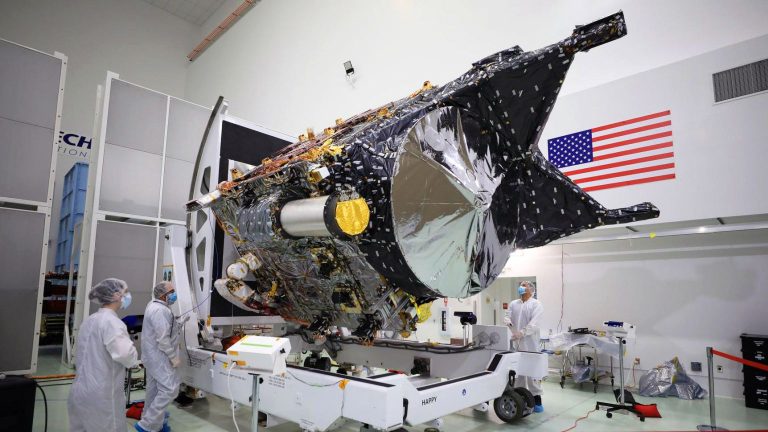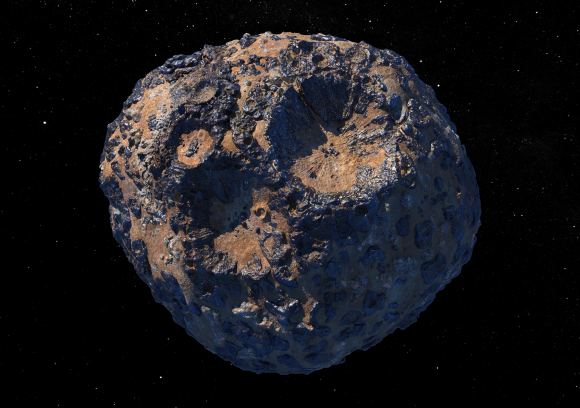The World’s Highest Observatory Goes Online
Key Takeaway
The University of Tokyo has opened a new observatory called the Tokyo Atacama Observatory (TAO), which is the highest observatory in the world at an altitude of 5,640 meters (3.5 miles) above sea level, situated on Cerro Chajnantor in the Atacama Desert in Chile.
Summary
- The Tokyo Atacama Observatory (TAO) is a new observatory opened by the University of Tokyo, located at an altitude of 5,640 meters (3.5 miles) above sea level on Cerro Chajnantor in the Atacama Desert in Chile, making it the highest observatory in the world.
- TAO’s high altitude and arid environment allow it to be the only ground-based telescope capable of clearly viewing mid-infrared wavelengths, which are useful for studying planet-forming regions, evolving galaxies, and the earliest epochs of cosmic history.
- The observatory will be operated remotely as much as possible due to the challenging conditions at such a high altitude.
- TAO’s key instruments include the Simultaneous-color Wide-field Infrared Multi-object Spectrograph (SWIMS) and the Mid-Infrared Multi-field Imager for gaZing at the UnKnown Universe (MIMIZUKU).
- SWIMS can observe a large area of the sky and simultaneously observe two wavelengths of light, providing insights into the formation of galaxies and the evolution of supermassive black holes at their centers.
- MIMIZUKU will peer into dustier regions of the Universe, allowing astronomers to study planet-forming regions and other structures in greater detail.
- The observatory aims to elucidate mysteries of the Universe, such as dark energy and primordial first stars, by observing in wavelengths that only TAO can access from the ground. The University of Tokyo cooperated closely with locals to build the observatory safely at such a high altitude, and it has been recognized by the Guinness World Records as the highest observatory in the world.
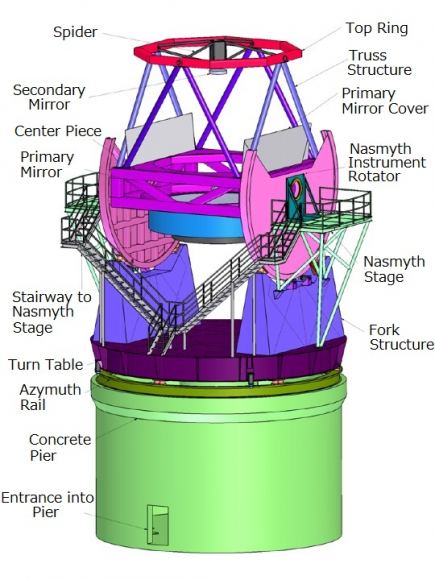
Tokyo Atacama Observatory – The World’s Highest Astronomical Outpost
Astronomers have constantly sought new vantage points to unveil the hidden secrets of the cosmos. The latest achievement in this quest comes from the University of Tokyo, which has recently unveiled the Tokyo Atacama Observatory (TAO), the highest observatory in the world.
Perched atop Cerro Chajnantor in the Atacama Desert of Chile, at a staggering altitude of 5,640 meters (3.5 miles) above sea level, TAO represents a remarkable feat of engineering and scientific ambition. This new astronomical outpost promises to push the boundaries of our understanding by offering an unprecedented view of the Universe in the mid-infrared wavelength range.
The mid-infrared region of the electromagnetic spectrum holds the key to unlocking some of the Universe’s most captivating secrets. This wavelength range is particularly adept at revealing the intricate details of planet-forming regions, evolving galaxies, and the earliest epochs of cosmic history.
While space-based observatories like the James Webb Space Telescope have revolutionized our understanding of the infrared Universe, ground-based observatories like TAO offer a unique advantage. The exceptionally dry and thin atmosphere at such high altitudes allows for clearer observations in the mid-infrared range, complementing the capabilities of space telescopes.
At the heart of TAO’s scientific competence lie two highly advanced instruments:
- Simultaneous-color Wide-field Infrared Multi-object Spectrograph (SWIMS): This powerful spectrograph can simultaneously observe a large swath of the sky in two different wavelengths, providing invaluable insights into the formation and evolution of galaxies, as well as the mysterious supermassive black holes that lurk at their centers.
- Mid-Infrared Multi-field Imager for gaZing at the UnKnown Universe (MIMIZUKU): As its name suggests, this innovative imager will peer into the dustier regions of the Universe, unveiling the intricate details of planet-forming regions and other structures that have previously been obscured from our view.
With its unique capabilities, TAO aims to shed light on some of the most profound questions in astronomy and cosmology. One of its primary goals is to elucidate the nature of dark energy, the mysterious force driving the accelerated expansion of the Universe. Additionally, TAO will search for clues about the elusive primordial first stars, which formed in the earliest epochs of the Universe and played a crucial role in its evolution.
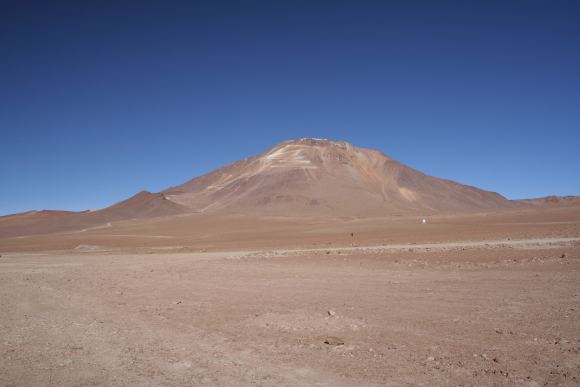
Building an observatory at such an extreme altitude is no small feat. To ensure the safety and success of the project, the University of Tokyo collaborated closely with local communities, drawing on their knowledge and expertise to navigate the challenges posed by the harsh environment.
The observatory’s remote operation capabilities will further minimize the risks associated with maintaining a human presence at such high altitudes, allowing scientists to conduct their research while safeguarding the well-being of those involved.
With the Guinness World Records recognizing TAO as the highest observatory in the world, this remarkable facility has already carved its place in the annals of scientific endeavor. As astronomers around the globe eagerly await the first groundbreaking discoveries from this new cosmic window, TAO stands as a testament to humanity’s insatiable curiosity and unwavering determination to unravel the secrets of the Universe.
HASHTAGS:
#TokyoAtacamaObservatory, #HighestObservatory, #MidInfraredAstronomy, #CosmicMysteries, #AstronomicalDiscoveries, #AtacamaDesert, #DarkEnergy, #PrimordialStars, #GalaxiesEvolution, #PlanetFormation #Highest Observatory Goes Online
Sources:
- Institute of Astronomy, University of Tokyo: TAO Project
- University of Tokyo: Press Release – “Japan’s TAO telescope array discovers a ‘born-again’ planetary nebula”

